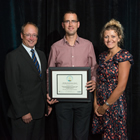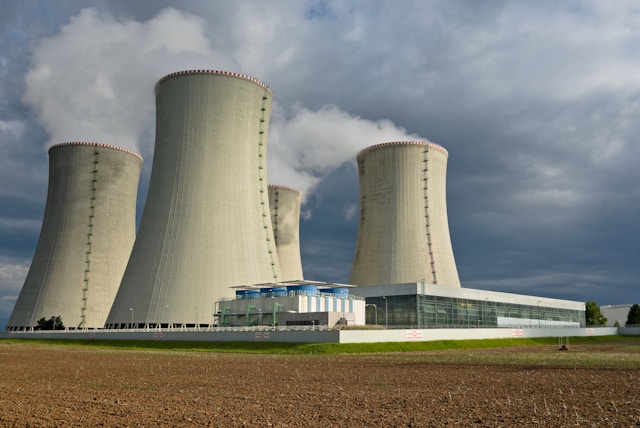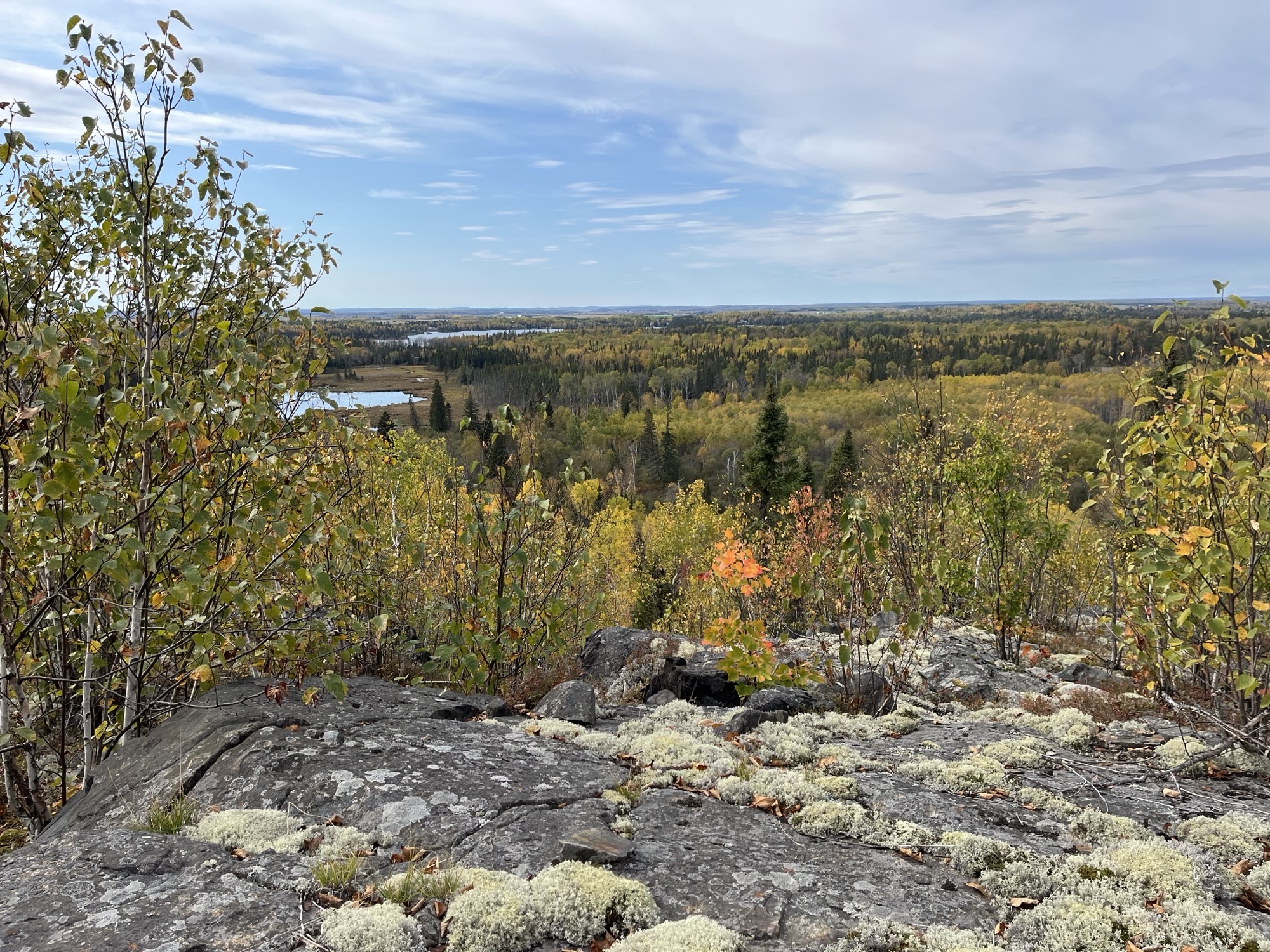Recognizing excellence in mine reclamation

1 of 2Ryan Mills accepting the Metal Mining Reclamation Award on behalf of the Crown Contaminated Sites Program of the Ministry of Forests, Lands and
1 of 2Ryan Mills accepting the Metal Mining Reclamation Award on behalf of the Crown Contaminated Sites Program of the Ministry of Forests, Lands and Natural Resource Operations and AECOM Canada Ltd. From left to right: Dave Nikolejsin (deputy minister, Energy and Mines), Ryan Mills (AECOM), Jaimie Dickson (2013 Chair, BC Technical and Research Committee on Reclamation). — Lindsey Donovan photo
When it comes to mine reclamation in British Columbia, industry is working hard to develop innovative ways to return mine sites to their natural state. The British Columbia Technical and Research Committee on Reclamation (BC TRCR) is one such organization that is opening the lines of communication between industry, government and communities across the province.
On September 18, 2013, the BC TRCR recognized the recipients of the 2012 Jake McDonald BC Mine Reclamation Award and the Metal Mining Reclamation Award at its 37th annual awards dinner. The awards were presented during the TRCR’s Mine Reclamation Symposium, which provides an annual forum for sharing research and knowledge that ensure today’s practices benefit the environment both now and into the future.
Jaimie Dickson, the outgoing chair for BC TRCR, said the TRCR originated in the early 1970s in response to a need for government, industry and various related mining groups to have better communication on reclamation and environmental issues.
"The committee is made up of representatives from the mining industry, provincial and federal government agencies, exploration and mining associations like the Mining Association of Canada and the Mining Association of BC, and universities and colleges such as Thompson University," she said. "The focus is to foster the exchange of information on reclamation and environmental protection and how we do that is to hold this annual symposium."
Since 1977, the BC TRCR has travelled to different location across the province for the symposium. The symposium includes a tour of a local mine, two days of paper presentations submitted by industry professionals and the awards dinner.
This year, Teck Metals Ltd. was the recipient of the Jake McDonald Mine Reclamation Award for outstanding reclamation achievements at the Pinchi Mine, which produced mercury from 1940 to 1944 and from 1968 to 1978.
Kim Bellefontaine, with the British Columbia Ministry of Energy and Mines and the chair of the awards sub-committee of the TRCR, said that between 1940 and 1944 at the Pinchi Mine, cinnabar ore was mined from both surface glory hole and underground workings and ore was coarsely crushed and roasted to recover mercury. Much of the production was used to support the Allied efforts of the Second World War. The roaster wastes (called calcines) were deposited into Pinchi Lake and along its shoreline, long before the environmental dangers of mercury were well known.
Subsequent to that 1940s phase of operations, all structures were demolished. From 1968 to 1978 the mine was developed for a second time, with more modern processing involving crushing, froth flotation circuits and roasting of concentrate. Coarse tailings were backfilled underground and fine tailings were deposited into an impermeable tailings impoundment. The mine then went into a long dormant phase of care and maintenance.
"An integral part to the development and acceptance of (Pinchi's) closure plan was a comprehensive consultation process with the Tl’azt’en First Nation and the Nak’azdli Band, which began in 2005 and is still ongoing today," said Bellefontaine. "A technical working group was formed and the local First Nations played a vital role in reviewing studies, directing additional studies and ultimately in finalizing the remediation strategies for reclamation and closure of the site."
One of the most challenging aspects of the closure plan, according to Bellefontaine, related to the mercury-contaminated processing facilities. Typical of many sites of that era, the mill contained a range of hazardous chemicals, friable and non-friable asbestos materials, lead paints and PCBs that required special handling and disposal. In addition, the mill buildings and equipment had substantial mercury contamination, which required extensive cleaning and testing prior to dismantling and disposal to a new on-site landfill.
"The Pinchi Mine has now been successfully closed," said Bellefontaine. "To ensure that the remaining infrastructure and environmental conditions at the site remain stable over time and continue to meet regulatory requirements and closure plan objectives, Teck is implementing comprehensive geotechnical and environmental monitoring as well as formalized risk management plans. Teck is recognized for its proactive and meaningful engagement with First Nations, and for the diligent efforts to patiently and carefully plan and implement the challenging closure activities at the historic Pinchi mine."
Another major award was also given out at the awards night. The Crown Contaminated Sites Program of the Ministry of Forests, Lands and Natural Resource Operations and AECOM Canada Ltd. were awarded the 2012 Metal Mining Reclamation Award for their work at the Atlin Ruffner mill and tailings site. The Ruffner area was first developed in 1899, and mining continued intermittently until 1981.
“We recognize the efforts by the Ministry and AECOM to create a cost-effective remediation plan for a small and yet significant historic mining site,” said Dickson.
In honouring these reclamation projects, Dickson said it's amazing how far reclamation practices have come over the last few years.
"It's come quite a long way," said Dickson. "I feel there's definitely been a change in expectations from communities on how we reclaim the land. It's involved good quality research and innovation and a general increase in the standards. It's a whole new way of thinking. The awards represent a small selection of the excellent mine reclamation work that is being done throughout the province and we are honoured to celebrate the innovative thinking and techniques involved in modern mine reclamation by our award winners.”



